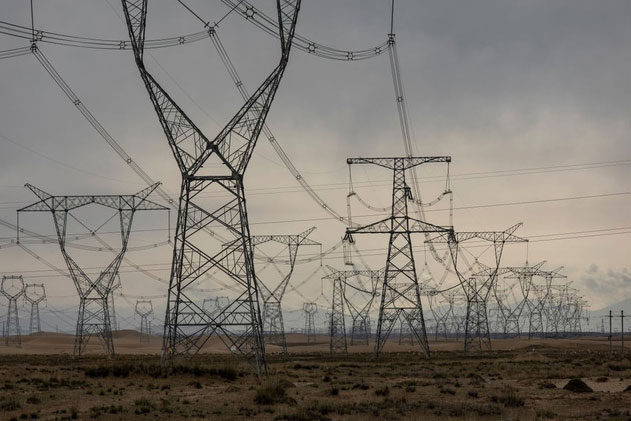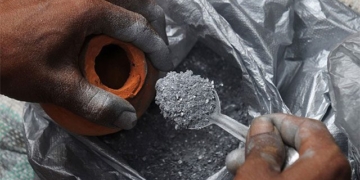The Chinese government has approved the construction of the world’s largest pulsed power plant, with plans to generate nuclear fusion energy by 2028.
Leading the project, Professor Peng Xianjue of the Chinese Academy of Engineering Physics stated: “Nuclear fusion is the jewel at the pinnacle of science and technology in today’s world.”
“Becoming the first country in the world to achieve large-scale nuclear fusion energy liberation will mark the most significant milestone in the journey to harness fusion energy for humanity,” emphasized Professor Peng.

China has announced plans to build the world’s largest pulsed power plant – (Photo: BLOOMBERG)
Professor Peng, 81, has developed some of China’s most advanced nuclear warheads and is a leading advisor to the country’s nuclear weapons program, according to public information.
The Z-pinch machine—which simulates the reactions of thermonuclear bombs through pressure from a powerful electric pulse—is expected to be completed around 2025 at the facility located in Chengdu, the capital of Sichuan Province.
This machine in China will generate 50 million amperes of electricity—double the world record currently held by the Z-pinch facility at Sandia National Laboratories in the United States.
Over the past few decades, nuclear powers such as the United States, Russia, and China have developed several Z-pinch machines. Some of these have never been officially disclosed and are used for developing atomic weapons.
These machines can store an enormous amount of electrical energy and release it in just a few nanoseconds. The electric pulse can create extreme pressure and radiation sufficient to cause two light atoms to “fuse” into a heavier atom, releasing a small amount of mass as energy.
However, creating a machine capable of producing more fusion energy output than input is extremely challenging. So far, no country has succeeded.
According to Professor Peng, Chinese researchers will attempt to achieve nuclear fusion by using strong electric charges to ignite a small amount of hydrogen isotopes: deuterium and tritium.
By carefully controlling the process, they hope to limit the energy released during the pulse to several hundred million joules—equivalent to the power of a 20 kg TNT explosive.
According to estimates from Professor Peng’s team, the uranium fission process will increase the overall thermal output of the facility by 10 to 20 times, significantly accelerating the application of nuclear fusion energy and preparing for commercial electricity production by 2035.
The project also faces challenges, including special wires that can transmit the strongest current on Earth and a central device the size of a peanut to efficiently convert electricity into ignition charges.
Professor Peng stated that many of these issues have been addressed thanks to recent scientific discoveries and technical breakthroughs by Chinese nuclear scientists.
The Z-pinch machine is just one of a series of methods—including powerful lasers and hot plasma contained within magnetic fields—that China and other countries are testing in the race to achieve nuclear ignition.
While achieving nuclear ignition will require further testing, this pulsed power plant will certainly serve as a “large laboratory” for researching everything from high-energy physics to new weapons, according to physicist Peng.


















































